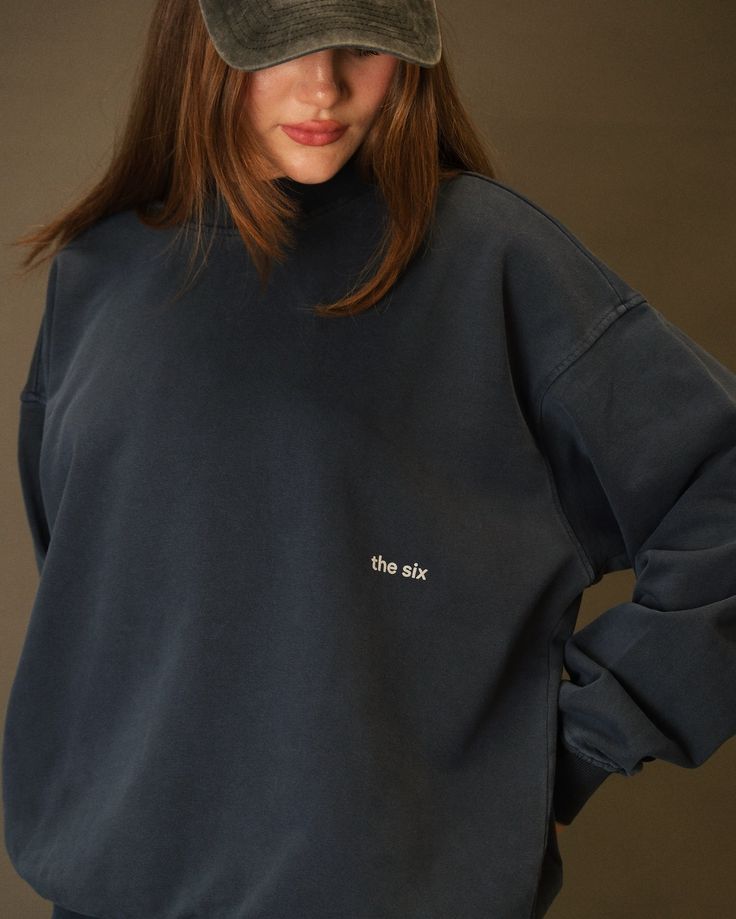No products in the cart.: $0.00

No products in the cart.: $0.00

The fusion of technology and style has reached an unprecedented milestone in 2025 with the explosive rise of digital print T-shirts. No longer just a basic wardrobe item, the modern T-shirt has become a dynamic canvas for self-expression, activism, artistic design, and innovation. Thanks to rapid advancements in printing technologies, digital prints now offer unparalleled clarity, color vibrancy, and creative freedom, forever changing how fashion communicates. “The Era of Digital Print T-Shirts: Pixel Perfect Fashion in 2025” explores this revolutionary shift from every angle—design, manufacturing, sustainability, consumer behavior, and beyond.
Historically, T-shirt printing was limited by processes like screen printing, which, while dependable, restricted creativity and required significant manual labor. In contrast, digital printing in 2025 leverages advanced inkjet technologies capable of producing millions of color combinations with microscopic precision. These technologies eliminate the need for screens, reduce setup times, and allow on-demand production with virtually no design limitations. Artists and designers are now empowered to create hyper-detailed visuals that include gradients, shadows, and complex textures, revolutionizing wearable art.
At the heart of the digital print revolution lies Direct-to-Garment (DTG) printing. This method involves applying water-based inks directly to fabric using specialized inkjet printers. In 2025, DTG printers have become faster, more efficient, and better at reproducing fine details and rich color palettes. DTG’s popularity stems from its flexibility—designs can be adjusted and printed instantly, allowing for hyper-personalized fashion. Brands can now cater to niche markets, respond quickly to trends, and offer low-volume exclusives without the overhead of mass production.
While DTG dominates cotton-based applications, dye-sublimation has gained traction for polyester and blended fabrics. This process embeds ink into the fibers through heat and pressure, creating durable, fade-resistant prints ideal for athletic and high-performance apparel. Hybrid approaches combining sublimation, heat-transfer, and digital techniques are also emerging, offering the best of each method in terms of quality, longevity, and tactile feel. In 2025, these hybrid models are standard in premium streetwear collections and collaborative fashion projects.
One of the defining characteristics of 2025 fashion is the personalization boom. Consumers increasingly crave unique garments that reflect their identity, beliefs, and experiences. Digital print T-shirts fulfill this need by enabling one-off designs, real-time product customization, and user-generated artwork. Advanced online platforms allow shoppers to tweak fonts, imagery, and layout with intuitive tools, transforming them from passive buyers into active co-creators. This shift democratizes design and builds deeper emotional connections between people and their clothing.
Artificial Intelligence is transforming how we conceptualize digital print graphics. Generative design software can now produce endless variations of motifs based on user preferences, mood, or current events. These algorithms can analyze social media, market data, or individual browsing history to suggest designs tailored to each user. In 2025, many popular collections originate from AI-assisted collaboration, blending machine learning with human intuition to craft artwork that resonates deeply across diverse audiences.
Sustainability has become a non-negotiable value in the fashion industry, and digital printing aligns well with this priority. Unlike traditional methods that consume vast amounts of water and generate chemical waste, digital processes use minimal resources and eco-friendly inks. Since orders are printed on demand, there’s significantly less overproduction, storage, and landfill waste. Moreover, recyclable ink cartridges and biodegradable pre-treatment solutions are common in 2025, ensuring that style doesn’t come at the planet’s expense.
Digital print technology has opened the floodgates for artist-brand collaborations. Musicians, illustrators, and digital creators frequently team up with apparel labels to release capsule collections featuring cutting-edge graphics. These limited-edition T-shirts often sell out in hours, fueled by social media buzz and the allure of exclusivity. In 2025, collaborative culture is a hallmark of fashion marketing, with drops meticulously timed, visually stunning, and tied to digital or augmented reality experiences.
Company: LILCANINE LLC
Address: 2206 Anderson Road
Apt 2604, Oxford, Mississippi 38655, United States
Email: [email protected]
Support Time:
Monday – Saturday: 8:00 am – 7:00 pm